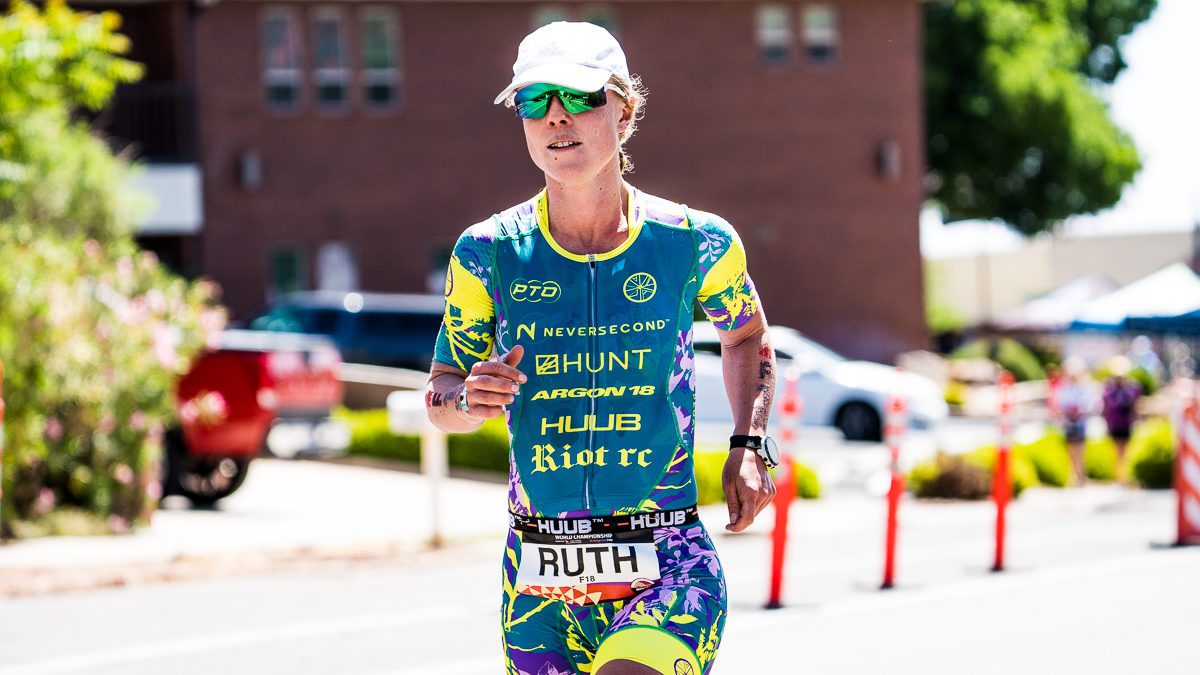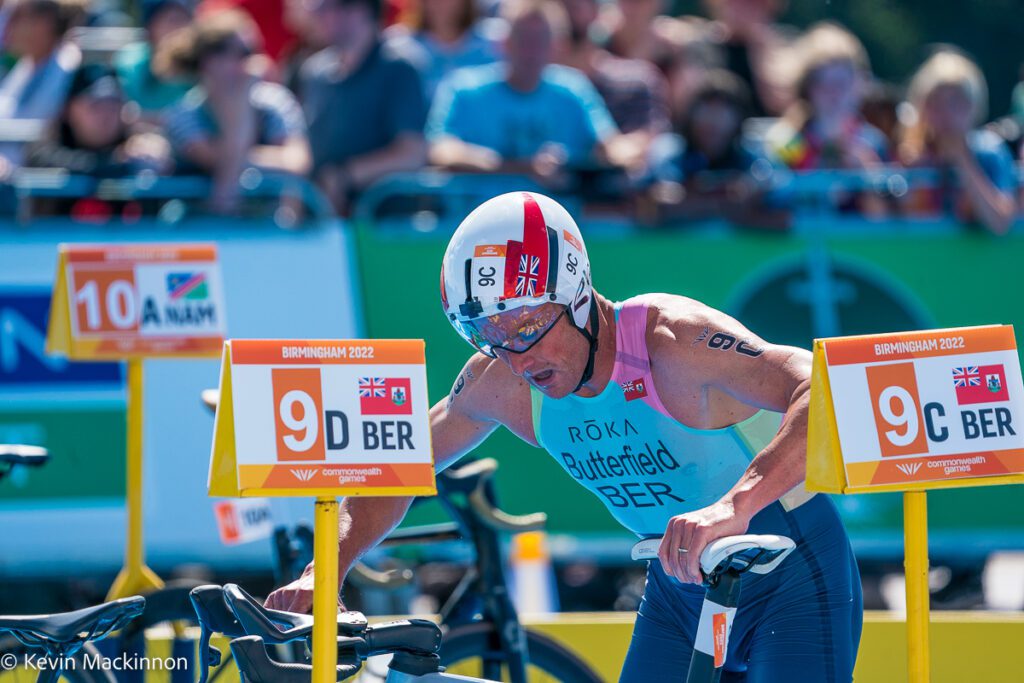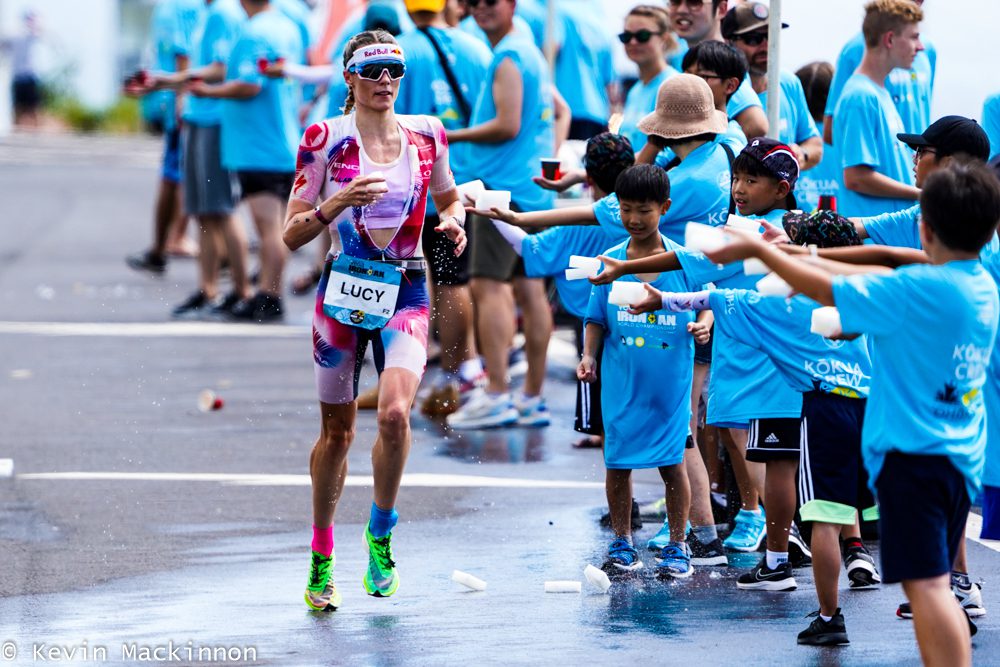Try this T2 workout to ensure you won’t bonk during your next triathlon run
Tips to get the most out of your next triathlon run

You’re having a great day at the race. The start went smoothly and you made your way through the swim without any mishaps. The bike ride was a blast; all that time on the indoor trainer during the winter has clearly paid off and you were really able to push the pace. You enter T2 in the heat of the day, already working hard. Heading out on the run you aim to hold your target pace and immediately your heart rate rises to meet this demand. Without the cooling breeze you felt on the bike you start to feel hot immediately. Your body tries to ramp up the sweat rate to compensate, but your water bottle ran dry 10 km ago and you aren’t hydrated enough to sweat at the level needed to keep from overheating. Your body takes immediate action to keep you upright. It sends out signals that come across as fatigue and thirst, designed to decrease your heat production and get you to drink. What you thought was going to be a smooth final leg has turned into a long, painful jog-trot from aid station to aid station as you fight your body to keep going. This story, or something like it is probably familiar to many triathletes – we’ve all had that race where everything looked good until the run. How can we master T2 and avoid this fate?
To start, I think we need to understand a bit about what makes T2 so hard. First off, running is more physically demanding than cycling or swimming. While swimming and cycling your body is semi-supported, either by the water itself or the bike seat and handlebars, but while running you have to carry your whole weight all the time. This requires extra work and means that your heart rate will instantly rise the minute you leave the bike and begin running, even if you stay at the same relative effort level.

A higher heart rate means higher oxygen consumption. This may tip you over your threshold or “red-line” if you aren’t careful. This alone can burn you out very quickly. Even if that doesn’t happen, extra oxygen consumption also means extra heat production. Our bodies only work within a very narrow band of internal temperature so this heat needs to be dissipated if you want to keep going for any length of time. This is made harder by the fact that you have lost the cooling air flow that comes along with cycling. The run section of a triathlon also often happens during the hottest part of the day, increasing the ambient heat that you have to deal with. Add all of these factors together and the additional heat-load on the run can be significant.
When you enter T2 is also when you are potentially starting to experience the effects of dehydration. You’ve already been sweating for a while – maybe many hours if it is a long-distance triathlon. All this exercise has been slowly draining your fluid reserves. Now that you are creating more heat, your body will need to sweat even more, potentially leading to even more dehydration. If you don’t have the fluid, or if you are already sweating at your maximum rate, your body’s only choice to avoid overheating is to slow down.
These three factors together – higher heat production, more challenging heat dissipation and lower fluid reserves – are primarily responsible for creating the unpleasant scenario described at the beginning of this article. Add in the risk of over-shooting your “red-line” and getting T2 right is clearly an important part of a successful triathlon.
So how do you get it right? To start, set your body up to do the best it can to keep you cool. This means starting the race well hydrated so you can sweat a lot before dehydration affects your performance. This starts a few days before the race. You don’t need to do anything extreme, just drink water regularly, try to keep your urine on the clearer end of yellow and avoid diuretics that you aren’t used to having. This means no extra coffee or wine in the few days before the race (an extra coffee on race morning is fine, as long as you drink extra fluids to make up for it). You can also help yourself out by drinking during the race, which you are probably already doing. Keep in mind that drinking early during the race is better than drinking late. Your body cannot sweat out fluids if they are still sitting in your stomach waiting to be absorbed.

It is also important to keep in mind that staying cool is easier than getting cool. One way to do this is to be proactive about it while you are still on the bike. If it is a hot day, spray your head and back with water while cycling. The extra air movement created by your bike speed will increase the evaporation rate and cool you more effectively than if you wait till the run.
Finally, and most importantly you need to practice your bike-to-run transitions. I’m not talking about doing a slow-and-steady brick or working on the technical aspects of the transition – where to put your sunglasses, how to set up your shoelaces etc. Although you need to practice these things as well, I am talking about practicing the pace transition that happens as you move from the bike to the run. This means doing bike-to-run bricks at your expected race effort. This will help develop your fitness but more importantly will help you learn what an appropriate pace going into and out of T2 actually is. Holding a certain wattage or HR on the bike for hours is great, but in a triathlon, you need to find the right blend of effort on the bike and run that is going to take you all the way to the finish line.
Practice these tips and techniques before your mid-summer race and you should be ready to breeze through T2 and onto the smooth run you were aiming for.
Tips to having a great run out of T2:
- Practice more race-pace transitions. This is about more than building fitness. It’s about learning how fast you can bike while still retaining the ability to run at your desired effort/pace.
- Don’t overexert yourself on the bike. From the pros on down, overextending on the bike just comes back to bite you in the run. This is much easier if you’ve practiced it (see tip #1).
- Hydrate in the days leading up to the race so you start off with full fluid reserves.
- Drink as much fluid as you can handle (practice this in training) early on in the bike so you have time to absorb it before the run.
- Staying cool is easier than cooling off. If you know it’s going to be hot, spray yourself with water on the bike instead of waiting for the run.
- Do some of your training in the conditions in which you will race. You don’t need to do all your hard workouts at midday on the hottest day of the year, but doing all your training indoors in the A/C will leave your body ill-prepared for the heat of a summer race.
Sample Race-pace brick workout:
This works best with your bike set up on an indoor trainer and with a treadmill or other place you can run very close to the indoor trainer. It can also work outdoors if you have a good spot to leave your bike while doing the run.
Warm-Up:
Ride your bike for at least 10-15minutes at a nice steady pace. Build up the pace to race effort for the next 3-4min
Main Set:
Repeat the following 2-3x (or even more if you are aiming for longer races)
- Bike for 10min at your predicted race effort
- Transition to your running gear as quickly as possible
- Build quickly to your intended race effort on the run and run at this pace for 10min. Finish the run back where you left your bike
- Bike at a recovery pace for 5 min and repeat
Cool down:
Ride or run at a recovery pace for at least 10min.
Darian Silk is a triathlon coach and Clinical Exercise Physiologist based in Toronto. Read more about Darian here: https://teamatomica.com/training/coaching/coach-darian-silk/ or email him at darian@teamatomica.com. This story originally appeared in the July issue of Triathlon Magazine Canada
